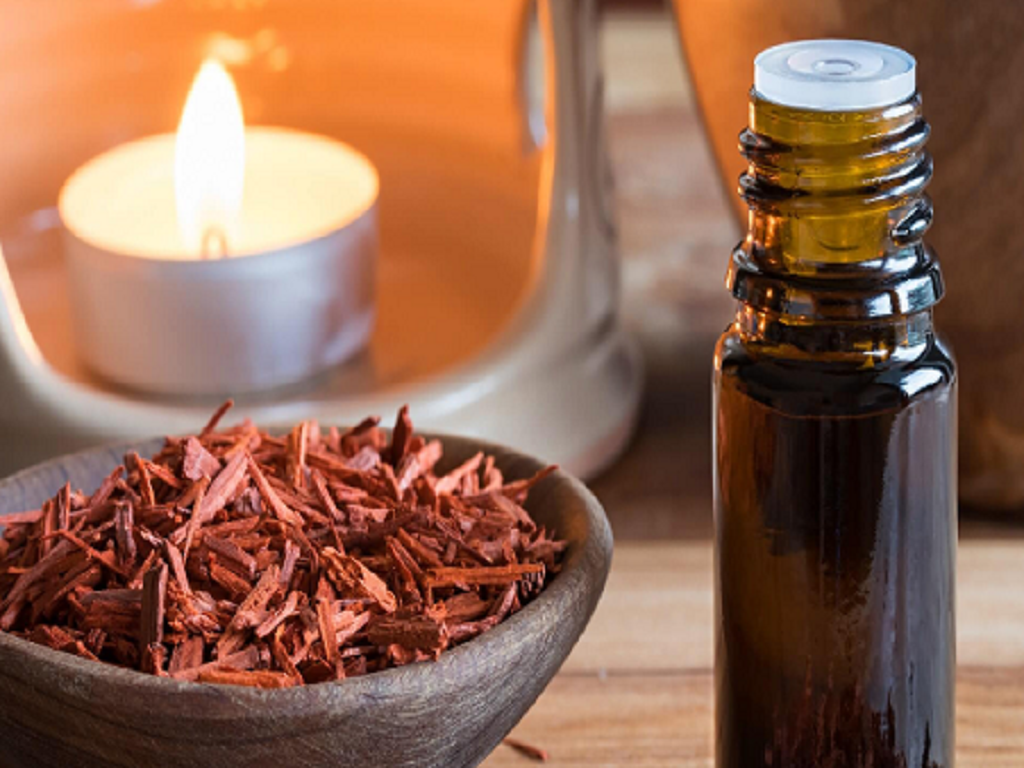
Sandalwood is a type of woods from trees in the genus Santalum. Its woods are yellow, heavy and fine-grained and, unlike many other aromatic kinds of wood, retain their fragrance for years. Sandalwood oil is extracted from the woods to use. It is also one of the most expensive wood commercially in the world.
Sandalwood strengthens the financial position from farmer [cultivation] to big businessman [finished products]. That is the reason the commercial production of Sandalwood can be very productive. Nevertheless, you can’t grow these tresses individually, and you need to have permission from state governments to cut and sell the tree. There are four types of sandal in India;
Indian Sandal
The most famous source of sandalwood, the small tropical tree, is inhabitant to south India. It can grow up to 13-20 feet in height and grasp various medicinal properties. The essential oil of this tree sells at good prices. It has attached great Indian culture [Indian people put this on their head and body as god’s blessing], and the life span of this tree is around 100 years. The tree comes under protection as overexploitation leading to their extinction.
Red Sandal
Also known as ‘Rakta Chandan. It is another variety local to the eastern ghats of southern India. The tree is famous for its wood, which has a unique, vibrant red color. Nevertheless, the wood of this rakta Chandan does not have any fragrance. It is small in size and can grow up to 20-25 feet tall. Red sandal is also famous for its traditional medicinal uses, such as in the treatment of dysentery, bleeding, as an anti-inflammatory and antipyretic.
White Sandal
It is also an evergreen sandal with several medicinal benefits. Wood and oil extracts have medicinal values that treat bronchitis, fever, common cold, headache, and urinary tract infections. The essential oil from this tree is famous for the making of soaps, perfumes, and cosmetics. Oil has many uses in the food industries as well.

Malyagiri Sandal
Malyagiri sandal can grow up to 20-30 feet in height. It is an inhabitant to Mysore, Coorg, Hyderabad, Nilgiri, and western ghats of South India. There are several sandal varieties; Malyagiri sandal or shrikhand is the sweetest and real of them all. The tree has a white-beige color wood with a fragrance. The wood of these trees uses in the making of furniture such as wooden boxes and stools.
Sowing season of sandalwood
Generally, seeds collected from plants age 15-20 years in August to march are the best time for their growth and yield. These plants should be dried up and well treated before sowing on nursery beds.
Benefits of Sandalwood
Ayurvedic uses
The sandalwood tree has great essence in the Vedic books for its sacredness. The sandal is widely used in several sacred rituals to purify the divine bodies. Sandalwood oil soap contains natural antimicrobial and hydrating properties and works as a cleanser for all skin types. Sandalwood oil helps in healing three Dosha of the body – namely Vata, pitta, and Kapha.
Sandalwood powder is mixed with water into a fine paste which exerts a cooling effect when applying; it heals sunburn, acne, rashes, fever, sores, ulcers, etc. Furthermore, sandalwood oil has significantly beneficial in promoting fertility, the nervous system, muscular system, and circulatory system.
Support Skin Health
Sandalwood oil is an incredible oil that cures skin conditioning like dry skin, cracking, flaking, and wrinkles. The imbalance of pitta dosha makes the skin prone to acne, blackheads, redness, and skin irritation. Sandalwood powder regains the damaged skin cells, promotes the skin complexion, and maintains skin radiance. The astringent, antiseptic, antimicrobial, anti-aging, and disinfectant properties protect the skin from harmful bacteria, viruses, and fungal attacks. Sandalwood oil helps in healing wounds, sores, scars, pimples, burns, and averts infections.
Hair Care
Many experts recommend sandalwood oil in treating hair problems like dandruff and prevents hair fall. The strong astringent property of sandalwood oil removes the excess sebum secretion in the scalp, treats split ends, and strengthens the hair luster.
Relaxant
Sandalwood oil works as an effective relaxant and sedative, which helps to ease muscle spasms. Several proofs prove that sandalwood helps to aid calm down nerves, muscles, and blood vessels by reducing spasms and contractions.
Astringent property
Sandalwood oil is a mild essential oil and possesses astringent properties. It also facilitates strengthening the gums, preventing gum disease, muscles and tightens the skin.
Effective Antiseptic
It possesses strong antiseptic properties that treat bronchitis, cystitis, dysuria, and urinary tract infections. It is also implied in treating inflammatory skin conditions like psoriasis and eczema.
Helps in digestive health
Sandalwood oil has been extensively used in traditional medicine to cure abdominal pain and vomiting. The antibacterial and antiviral properties of sandalwood oil combat Helicobacter pylori that cause gastrointestinal disorders and ulcers.
Prevents Skin Cancer
Researchers advised that an active compound alpha-santalol in sandalwood oil helps to battle skin cancer. Many studies proved that this active compound stimulates the death of cancerous cells and prevents the formation of cancer cells.
Control Blood Pressure
Sandalwood essential oil contains gentle hypotensive agents that help lower systolic blood pressure and balances high blood pressure levels.
Other uses: Massaging oil, Beauty Products, Perfumes, and Sandalwood aromatherapy
Sandalwood powder and oil have great values for their incredible health benefits, medicinal benefits, and beauty products. The essential oil has been used for ages for its spectrum of therapeutic and medicinal values.
















